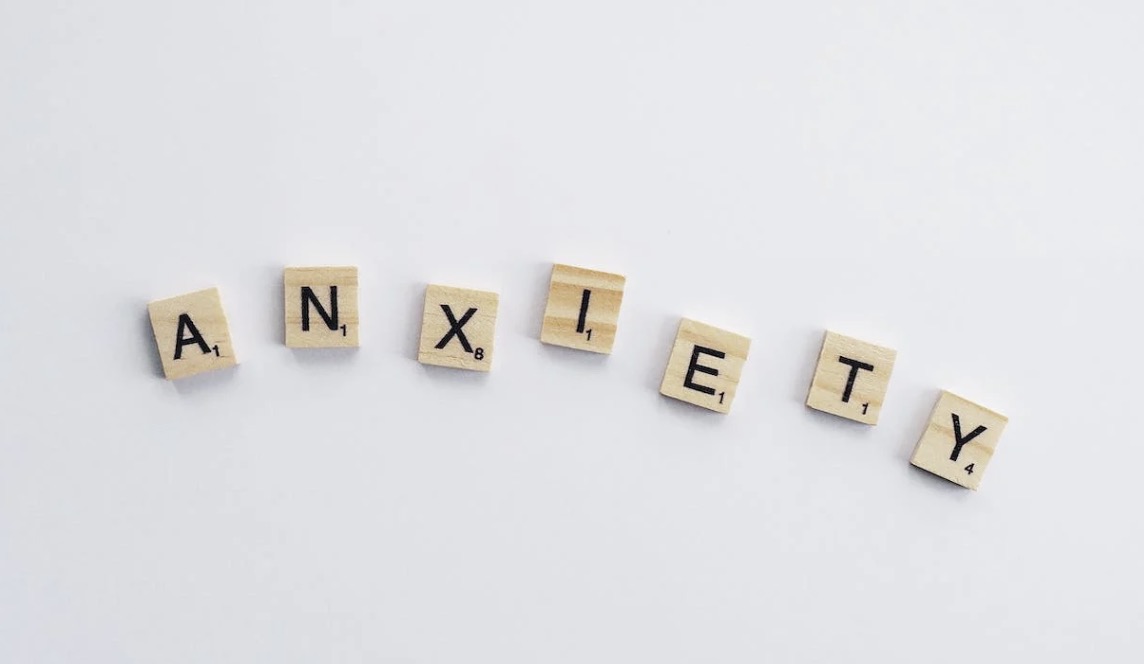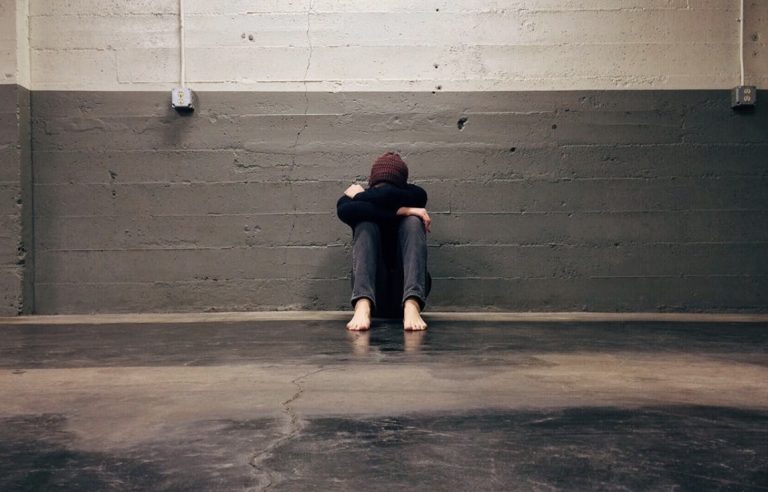We frequently associate stress with “anxiety” when we think about it. Indeed, anxiety is our body’s response to a threat to our safety.
But, anxiety can encompass much more than just whether we should flee a circumstance. Because of our innate will to survive, we tend to perceive more threats than there actually are, which might make us feel more apprehensive than is necessary.
The fact is that everybody has anxiety. Many people may find the anxiety intolerable. In the US, daily anxiety problems affect about 19% of adults.
Nobody is weak if they experience anxiety or are identified as having an anxiety disorder. They can overcome their anxieties and have happy, fulfilling lives with the correct support.
Story Stages
So What Is Anxiety Actually?
Our bodies’ natural response to stress is anxiety. A similar emotional reaction is fear. Anxiety is how our bodies and minds prepare for a threat in the future, while fear is how our bodies react to a real or imagined threat that is close at hand.
You might have anxiety, for instance, if you start a new job, are awaiting a doctor’s test results, or are driving in severe weather. Everyone experiences this typical reaction to their emotions. When anxiety no longer manifests as passing apprehension or worry, assistance may be required. Fortunately, if you do what is in your power and seek out a professional, an anxiety psychologist in Brisbane will be there if you happen to live in this area, so your anxiety attacks will be brief. An individual with an anxiety condition may always feel apprehensive or readily develop worry over a variety of issues. Although a brief period of fear or worry is typical, if the emotions linked to anxiety disorders persist, they may worsen over time.
Anxiety can be controlled by knowing the illness and getting the appropriate care.
Understanding the Many Types of Anxiety Disorders and Their Signs
Even if the expression “I’m anxious” is frequently used, it can be challenging to identify the specific type of anxiety someone is going through. Many anxiety disorders can have an effect on regular activities, including work, school, and relationships.
The list of disorders and symptoms that is provided here is not all-inclusive. Please contact your care providers if you believe that you or a loved one is going through any of the following to make sure that the appropriate measures are being taken to support your mental health.
Generalized Anxiety Disorder
GAD is characterized by a persistent sense of anxiety and stress about mundane tasks or situations. This anxiety lasts for a minimum of six months and occurs more days than not.
A person with GAD could feel helpless in the face of their worries or discover that they are worrying excessively about things like money, their health, their family, their jobs, or other regular events. It can occasionally be enough to make you anxious just to think about getting through the day.
Many people with generalized anxiety disorder are aware of their worry cycle or that their concern is greater than is necessary. The difficulty with GAD, however, is that the sufferer feels powerless to interrupt the cycle of anxiety or lacks the knowledge on how to do so.
Among the physical signs are, but are not limited to:
- Anxiety, being on edge, or feeling restless
- Being easily exhausted
- Tension, pains, or discomfort in the muscles
- Sweating
- Rapid heartbeat, breathlessness, or lightheadedness
- Gastrointestinal symptoms, such as nausea and diarrhea
- Feeling uneasy, trembling, and jerking
- Disruptions in sleep, such as trouble falling or remaining asleep or feeling rested.
Among other things, symptoms can include:
- Excessive stress or anxiety about different activities or situations occurs more often than not for a minimum of six months.
- Controlling the worry is difficult
- An impression of impending peril, terror, or catastrophe
- Irritability
- Having trouble remembering stuff.
Social Anxiety Disorder
Fear of being criticized or ashamed in social circumstances is a symptom of social anxiety disorder. They frequently put up with extreme feelings of anxiety or panic while dealing with a social scenario. If the social anxiety lasts for at least six months, it can be regarded as an anxiety disorder.
The fear of being poorly perceived by others is one of the defining characteristics of social anxiety. Many times, the person fears that they will be perceived as nervous, weak, unintelligent, dull, unlikable, or possessing some other undesirable quality.
When someone has this disease, being perceived poorly in social circumstances almost invariably results in worry or anxiety that is frequently exaggerated. Many people who suffer from social anxiety will make a habit of avoiding social events.
The following are some signs of social anxiety disorder:
- Anxiety or worry about social situations where one may be subject to other people’s observation
- A tendency to withdraw or be timid in social circumstances
- Blushing
- Sweating
- Being reserved in speech or sharing very little personal information
- Shaking or trembling
- Excessively tight stance
- Missing eye contact.
Panic Disorder
A sudden surge of anxiety associated with panic disorder makes sufferers believe they are going crazy, experiencing a heart attack, or are about to pass away.
Panic is often an instant, uncontrollable fear or worry, as opposed to anxiety, which frequently has identifiable reasons. This frequently results in impulsive actions.
One of the key characteristics that sets panic disorder apart from other anxiety disorders is the fear reaction. An individual with a panic disorder is terrified of the fear they are experiencing.
Among the physical signs of panic disorder are:
- A rapid heartbeat
- Sweating
- Shaking or trembling
- Chest discomfort
- Breathing difficulty
- Unsteadiness, lightheadedness, or dizziness
- Abdomen discomfort.
The following are a few of the mental signs of panic:
- An absence of self- or reality-consciousness
- Uncontrollable trepidation
- The fear of dying
- A sense of impending disaster.

What Leads to Anxiety?
Anxiety has a biological foundation. Neurotransmitters are brain molecules that convey instructions about how we should feel. People might be more prone to feeling anxious if they are not communicating the proper information at the appropriate time.
The chance of getting an anxiety condition might be increased by both hereditary and environmental factors, according to research. The following are a few factors that can increase the likelihood of having anxiety disorders:
- Exposure to traumatic experiences in adolescence or adulthood
- Anxiety or other mental diseases run in the family
- Childhood episodes of shyness that are unpredictable.
The signs of anxiety might sometimes get worse due to certain health issues. Anxiety symptoms can be induced or made more severe by a heart arrhythmia, coffee consumption, or drug adverse effects.
Although anxiety is widespread, barely one-third of those who have the condition seek treatment. This article is here to help you and to encourage you to ask for help. It might be time to get help if your anxiety lasts for an extended period of time, causes you a lot of distress, or limits your ability to perform daily tasks.
